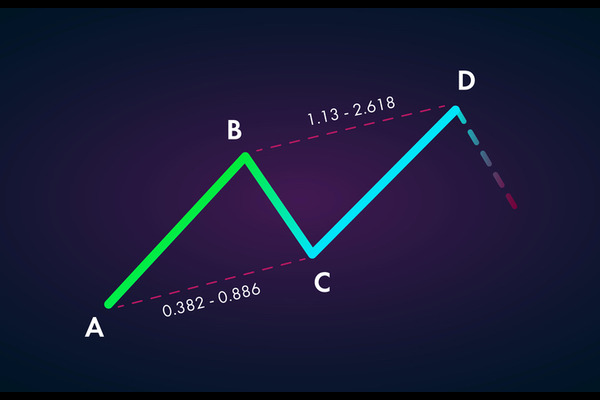What is Andrew Bifurcation Line?
The Andrew Bifurcation Line is a technical indicator invented by Dr. Alan
Andrew, a statistician and trader. According to reports, he played a significant
role in using it during the Great Depression, although he only began teaching it
to others in the 1960s.

Andrew's bifurcation line is essentially a tool used to draw price channels.
It helps to identify medium- to long-term trends and channels, support and
resistance levels, breakthrough and breakthrough levels, established trend
entry, and market reversal.
The Andrew's bifurcation line performs well in strong upward or downward
trends, but its usefulness in the horizontal trading market is not significant.
Nevertheless, some variations of Andrew's bifurcation line are more suitable for
horizontally moving prices.
As an indicator that can identify overall trends, the Andrew Bifurcation Line
performs best in medium- to long-term trading. However, this does not prevent
some traders from using it for short-term trading, including intraday trading.
For this reason, bifurcation lines are also used for shorter time periods.
In the forex market, due to the tendency of Andrew's bifurcation
line, it is often considered more suitable for mainstream currency pairs.
Tips of Using Andrew's Bifurcation Line:
1. Choose an appropriate starting point: Select the obvious high or low point
in the price trend as the starting point, and then select two consecutive low or
high points as auxiliary points.
2. Draw a fork line: Connect the starting point and auxiliary points to form
a fork line. The bifurcation line divides the price trend into two parallel
lines and a centerline.
3. Observing support and resistance levels: Observing the relationship
between bifurcation lines and prices The auxiliary points on the bifurcation
line can be seen as support and resistance levels, with a higher likelihood of a
price correction or rebound.
4. Trend judgment: Determine the strength of the trend based on whether the
price continues to fluctuate around the bifurcation line. The continuous
movement of prices above or below the upward trend line can be seen as a
continuation of the trend.
5. Combined use of other indicators: The Andrew's bifurcation line can be
combined with other technical indicators, such as moving averages, relative
strength indicators, etc., to confirm trading signals or filter out invalid
signals.
6. Confirm Breakthrough Point: When prices break through the bifurcation
line, it may indicate a change or confirmation of the trend. Observe whether
there is an increase in trading volume to confirm the effectiveness of the
breakthrough.
The Andrew bifurcation line is just a technical analysis tool that should
consider other factors and market conditions comprehensively for
decision-making. During the use process, it is recommended to combine one's own
trading strategy and risk management principles to improve the accuracy and
success rate of transactions.







